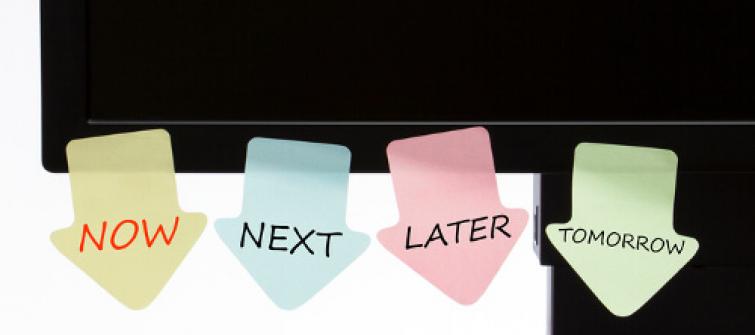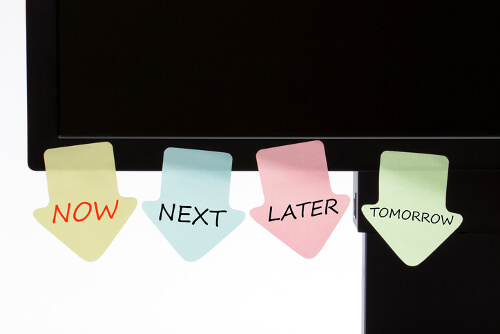How to Prioritize Your Investment in Digital Procurement

 Digital technology is changing the face of procurement as we know it. For some, that’s a scary prospect, but I believe it’s a huge opportunity for procurement to shine and to become digital rockstars.
Digital technology is changing the face of procurement as we know it. For some, that’s a scary prospect, but I believe it’s a huge opportunity for procurement to shine and to become digital rockstars.
But, before you spend a dime on technology, you have to develop a digital roadmap, a process I’m laying out in a series of four blog posts.
First, we defined the problem that we are trying to solve. Then, we took the opportunity to document the actual process and pinpoint where it was not working. Third, we used that marked up process document as a springboard to redefine the process using digital technologies and other investments.
The fourth and final step of building your digital roadmap is to prioritize investment for the opportunities identified. There are several ways to do this, so let’s discuss a few options for you. Consider your company culture and urgency of need to determine which approach, or combination of approaches, is the best fit for you.
Option #1: The “30, 60, 90, 120” Day Approach
This technique focuses on how quickly you can accomplish the goals at hand. Your “day” buckets might be different, depending on the need. For instance, it might be 3 months, 6 months, 9 months, 1yr+ or 6 months, 1 year, 2 year, etc. This technique is good if you what to focus on getting some quick short-term wins for those easier opportunities, with the more investment intensive opportunities later in the roadmap.
Option #2: Return Based
To go this route, write all of the opportunities in a list with two columns beside them labeled “Pain” and “Value.” Pain is the pain you have today if the opportunity is not addressed, with “1” being the least amount of pain and “10” the most.
Value is the estimated amount of value that could be delivered to the organization if the opportunity is pursued. You do not need to get overly scientific about this right now, since all we’re doing is setting priorities. When I’ve done this exercise in the past, we usually just identify if it is over a certain dollar value that would be worth doing, and place a check in the column if it is.
Go through the listing as a group to get consensus on the pain and value ratings. Then, sort the “10s” for pain and those with the check to the top. Those at the top are the biggest opportunities to get placed on your roadmap. Then, discuss as a team where each one should be placed on the roadmap. Ideally with the top opportunities are first, and the lower ranking ones coming later, but there could be internal reasons for a different priority.
Option #3: Sequencing
Use this approach where the opportunities you’d like to go after might logically need certain investments to be made first before you can invest. For instance, you might need to invest in a contract lifecycle system before you can do advanced analytics on your contracts. Or, you might need a P2P system in place before you implement RPA on the P2P process. This option can be used with option #2, to help you sequence the roadmap of top opportunities.
Option #4: Heat Map
This is the option I find most used by consultants that I have worked with, and it involves plotting your projects on a heat map to drive prioritization. There are four quadrants on the map. The X axis is value and the Y axis is difficulty of implementation. In the lower left, you have projects that are easy to implement, but deliver relatively low value. In the upper left, you have hard to implement, low value projects. The lower right quadrant contains projects that are easy to implement and deliver high value, and the upper right are hard to implement, high value projects.
The lower right would be your quick wins that you would implement first, and your upper right those opportunities that would be placed in the future. You can also look at the lower left as potential quick wins.
These are the four options that I have used most successfully in the past and I think the most common ways to approach developing your roadmap. Most recently, I used the sequencing and the return-based option together to build a roadmap. It seemed like a great balance between driving value and sequencing where it was needed.
That wraps up how to build your digital roadmap. There is still a lot to do, such as gaining approval for the investments, implement new technologies and processes and managing the changes with your teams. I hope that these four exercises generated a lot of great discussions, and strengthened your team in addition to getting you off on the right footing for a digital future.